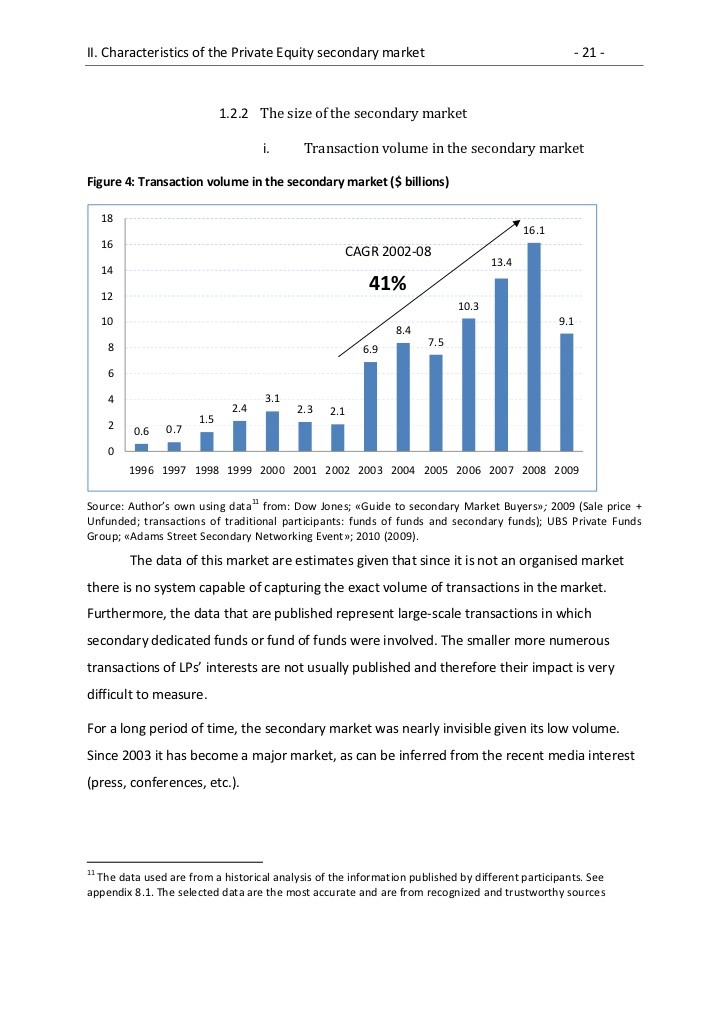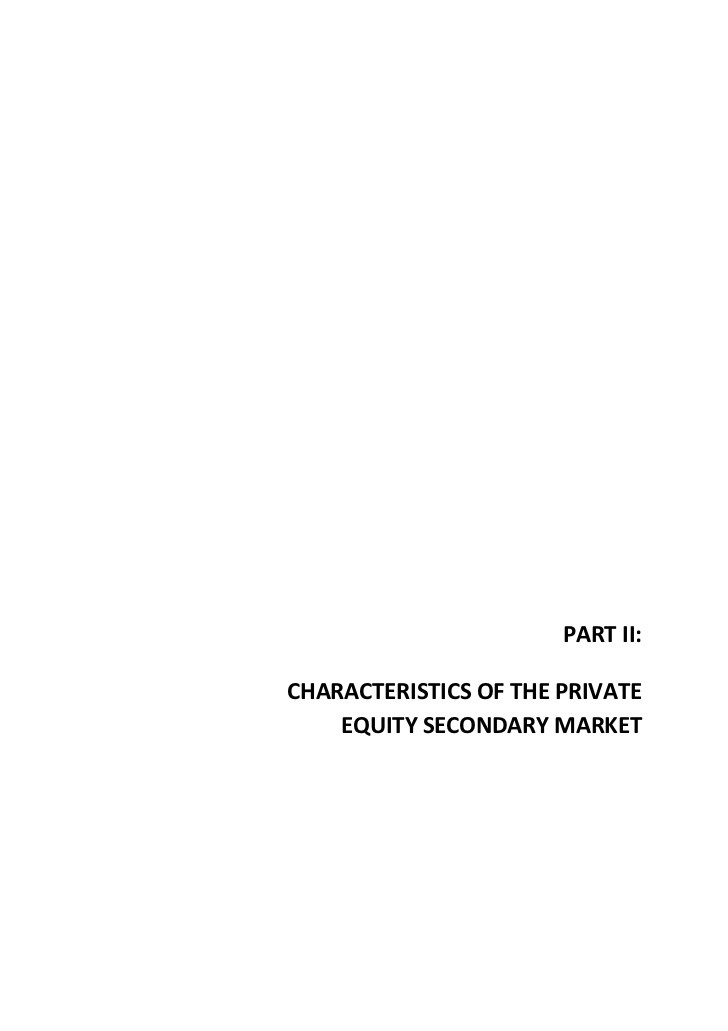Portfolio Valuations Satisfy Requirements of SFAS 157 Private Equity Guidelines
Post on: 16 Март, 2015 No Comment

The issuance of Statement of Financial Accounting Standards (SFAS) No. 157 in 2006, along with the Private Equity Industry Guidelines Groups (PEIGG) release of its valuation standards in March, has many in the private equity industry focusing on the valuation of portfolio fund investments.
BACKGROUND
Historically, the private equity industry has valued private equity investments at cost or the latest round of financing. As the private equity industry began to grow in the late 80s, valuation standards became an area of concern for the industry. The National Venture Capital Association (NVCA) attempted to develop standards as the decade drew to a close. Although a consensus was never reached on the standards, the NVCAs 1989-1990 proposed guidelines became the standards which many in the industry continue to use today.
Over the past few years, the private equity industry has recognized that formal guidelines were necessary in order to increase transparency among investments. In March 2007, the PEIGG released its Updated U.S. Private Equity Valuation Guidelines, which are in accordance with FASBs Statement of Financial Accounting Standards (SFAS) No. 157, Fair Value Measurements. The PEIGG guidelines provide managers with a framework for valuing investments in portfolio companies at fair value. The Guidelines are designed to promote best practices and to improve the consistency and relevancy of valuation information reported to investors.
SFAS 157
SFAS 157 provides guidelines for determining the fair value of portfolio investments on a periodic basis, usually quarterly. Prior to SFAS 157, these investments were typically held at cost unless there was a milestone event, such as another round of financing or an offer or sale. Often, there was no write-down unless a bankruptcy or down round occurred. SFAS 157 contains the following key concepts:
- Fair value is the price that would be received to sell an asset or paid to transfer a liability in an orderly transaction between market participants at the measurement date. This definition, which focuses on exit values, e.g. the value when the asset is sold, rather than entrance values, is new to the private equity industry.
- Fair value reflects the value of the asset in its principal market. In the absence of a principal marketplace the value of the asset/liability should reflect its value in the most advantageous marketplace.
- The use of market participant inputs rather than company- specific inputs.
- A fair value hierarchy to rank the reliability of inputs used in a valuation approach.

- The first — and highest — refers to quoted prices in active markets for identical assets or liabilities.
- The second highest priority is given to quoted prices in active markets for similar assets or liabilities.
- The third — or lowest — priority is given to unobservable/company- specific inputs.
VALUATION METHODOLOGY
SFAS 157 states that valuation techniques consistent with the market approach, income approach and/or cost approach should be used to estimate fair value. The Updated U.S. Private Equity Valuation Guidelines encourage managers to use the market approach in most circumstances, utilizing comparable company transactions or performance multiples inputs as the primary method to estimate the fair value of equity securities in private companies. The Guidelines state that regardless of which valuation method is used, it should continue to be used until a new method provides a better estimate of the investments fair value.
VRCs valuation analysis with respect to portfolio investments is not purely the result of a mathematical process as it necessarily involves numerous qualitative considerations and judgments with respect to the relative investment characteristics of the subject security. The challenge in arriving at fair value in todays environment is often one of balancing current market conditions with appropriate assumptions of marketplace participants given the nature and characteristics of the security in question.
BENEFITS OF OBTAINING A PORTFOLIO VALUATION
Besides fulfilling financial reporting requirements, a portfolio valuation is beneficial for the following reasons:
- Compliance with internal fund reporting requirements Fulfillment of lender requirements for securities-based lending Provides current investors with third party opinion as to the value of fund assets; promotes strong sense of accountability Assists in marketing funds to prospective investors by validating legitimacy of historical performance
For more information regarding valuations of portfolio investments, contact your Valuation Research representative. VR
Portfolio Valuations Satisfy Requirements of SFAS 157, Private Equity Guidelines














